Whiplash and Postural Control Disturbance
Symptoms of vertigo, dizziness, and visual disturbance are common after whiplash injuries. A group of researchers recently studied patients with these symptoms, focusing specifically on the proprioceptive functions of the cervical spine.
Twenty six patients were studied, 23 of whom had been in a rear-end collision. The average time since the accident was 4.7 years, and all patients had been active employees or students at the time of the accident. A thorough neurological examination had been performed on each patient, including CT and MRI scans of the neck or brain. "There was neither neurological nor radiological evidence of any CNS injury in any of the subjects." All of the test subjects were compared to a matched control group of asymptomatic people.
The researchers studied:
- Eye movements during reading. This test was used to study eye behavior.
- Caloric tests—used to test for proper or disturbed functioning of the vestibular, pontine, and cerebellar brain functions.
- Visual evoked potential tests were done to study occipital lobe function.
- Auditory brainstem response was analyzed to test the cochlear nerve, the pons, and the mesencephalon.
- A saccade test was performed to test the function of the paramedian pontine reticular formation, the pons, mesencephalon, basal ganglion, midcerebellum, and frontal lobe.
- The Smooth Pursuit Neck Torsion Test (SPNT)—used to study the smooth pursuit system and the proprioceptive function of the cervical spine.
Findings:
- The authors found that there was no difference between the whiplash patients and control group subjects on visual evoked potentials, caloric tests, brainstem audiometry, and saccade test.
- The study found significant differences between the two groups on the SPNT. The authors state that, "it is likely that all but 2 of the patients had a posture injury."
- There were significant differences between the two groups on reading behavior. In fact, the whiplash patients showed reading behaviors similar to children in the first three years of elementary school, while the control subjects showed behaviors in the high school range! These reading problems were found to be closely linked to problems with smooth pursuit.
By examining many different functions, the authors were able to analyze exactly which neurological functions, if any, were responsible for symptoms of vertigo, dizziness, and reading problems. "In a consecutive group of [whiplash] patients, we have documented disturbed control of saccadic eye movements during reading as well as of the smooth pursuit eye movements. This last effect was augmented by neck torsion. After a systematic discussion and elimination of other explanations, this is interpreted as being caused by distorted neck proprioceptive activity which sends misleading information to the posture control system. It is reasonable to interpret the impairment as a result of the [whiplash] trauma."
This study contains an excellent review of the different components of the postural control system, and anyone interested in this aspect of whiplash trauma would be well served by obtaining a copy of this article.
Gimse R, Tjell C, Bjorgen IA, Saunte C. Disturbed eye movements after whiplash due to injuries to the posture control system. Journal of Clinical and Experimental Neuropsychology 1996;18(2):178-186.
